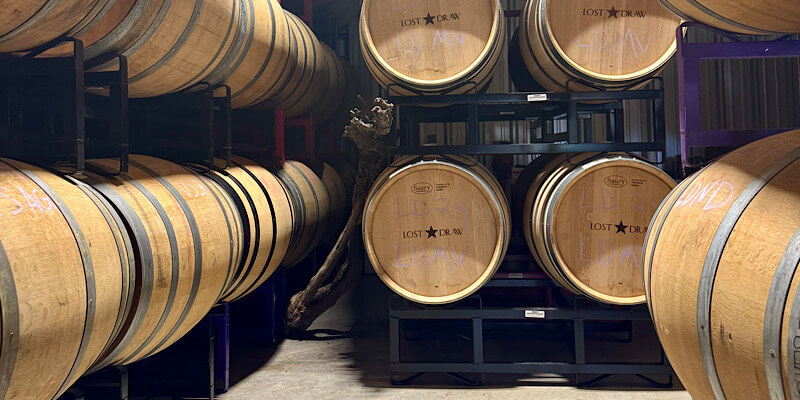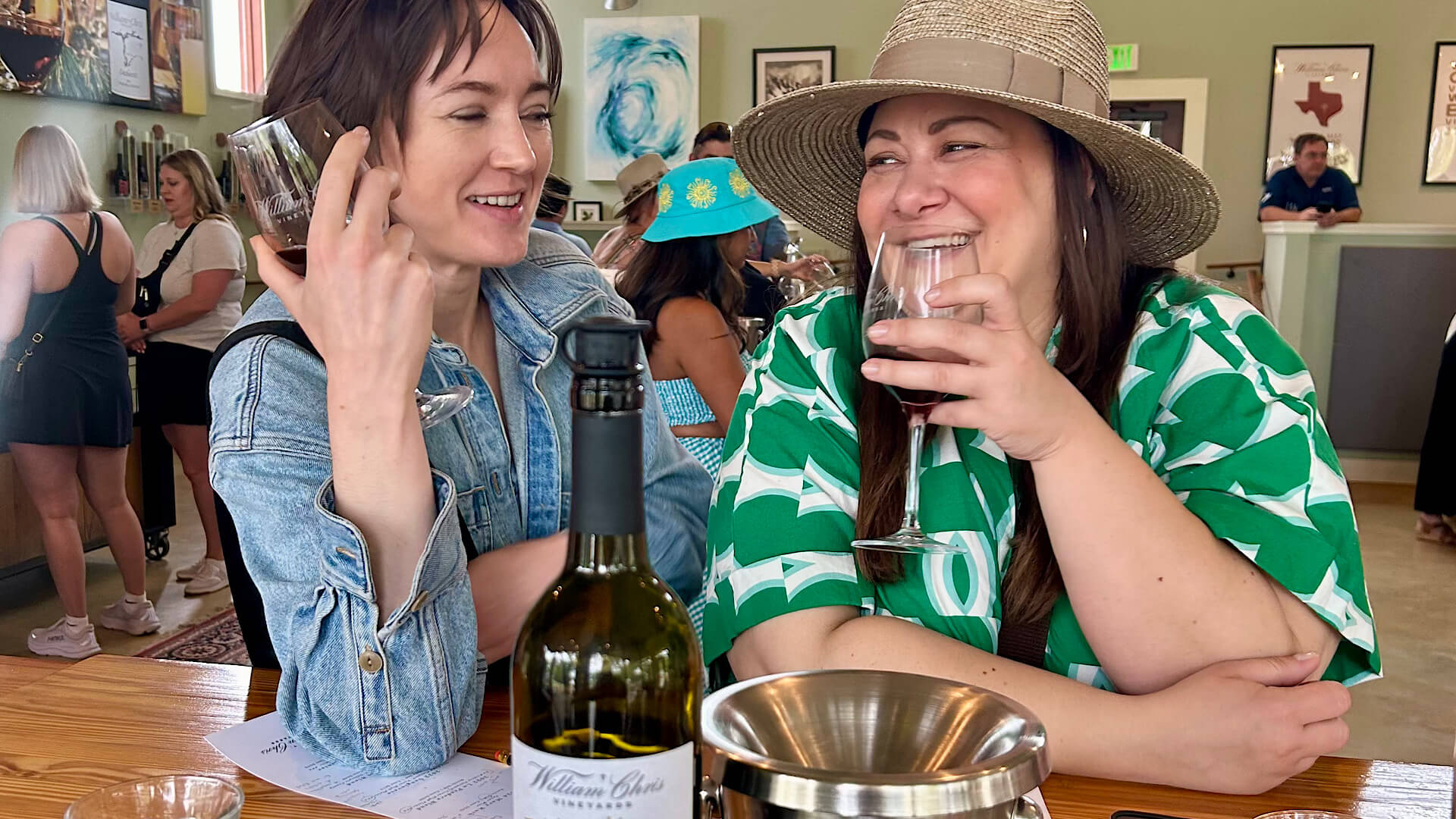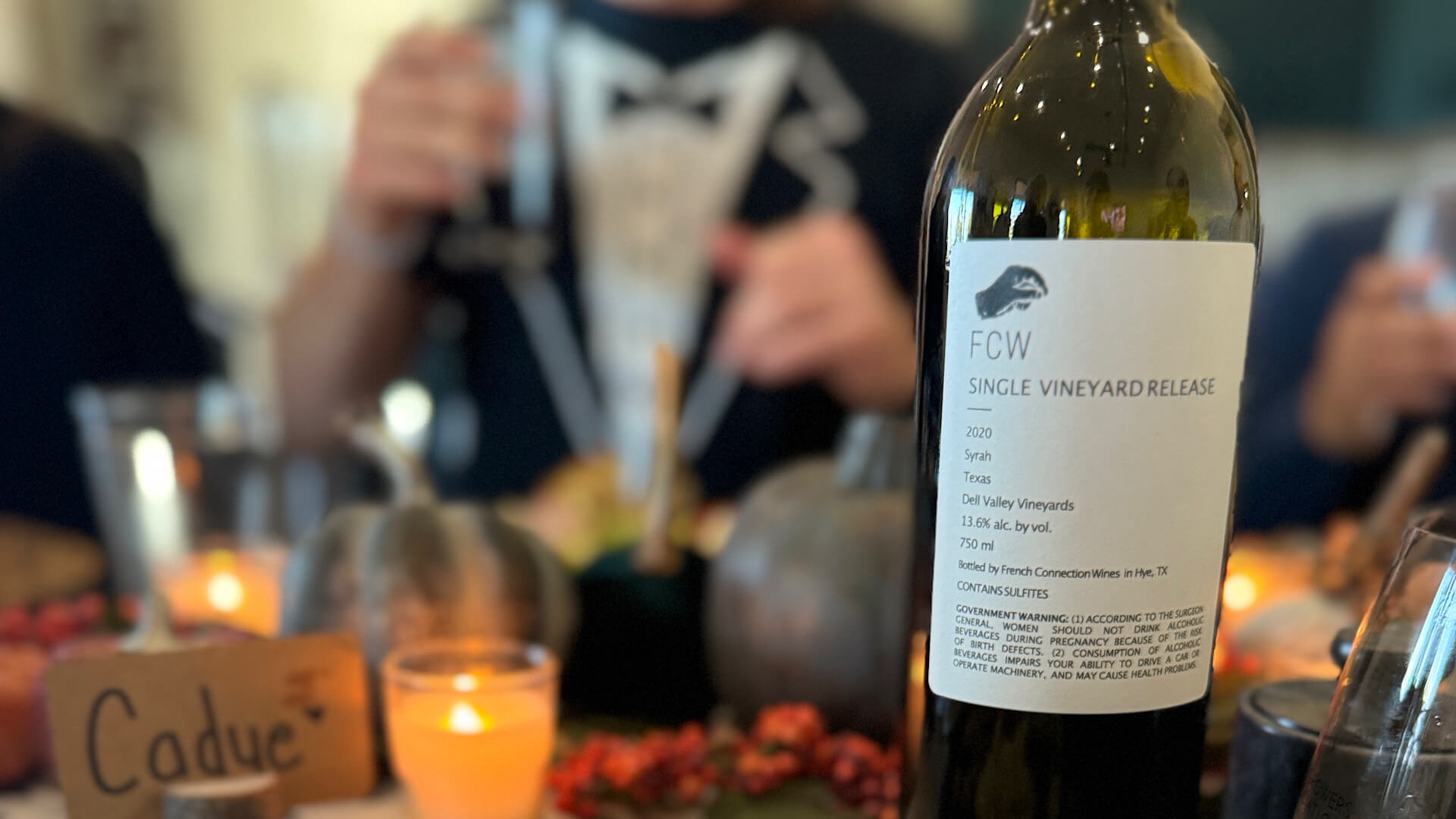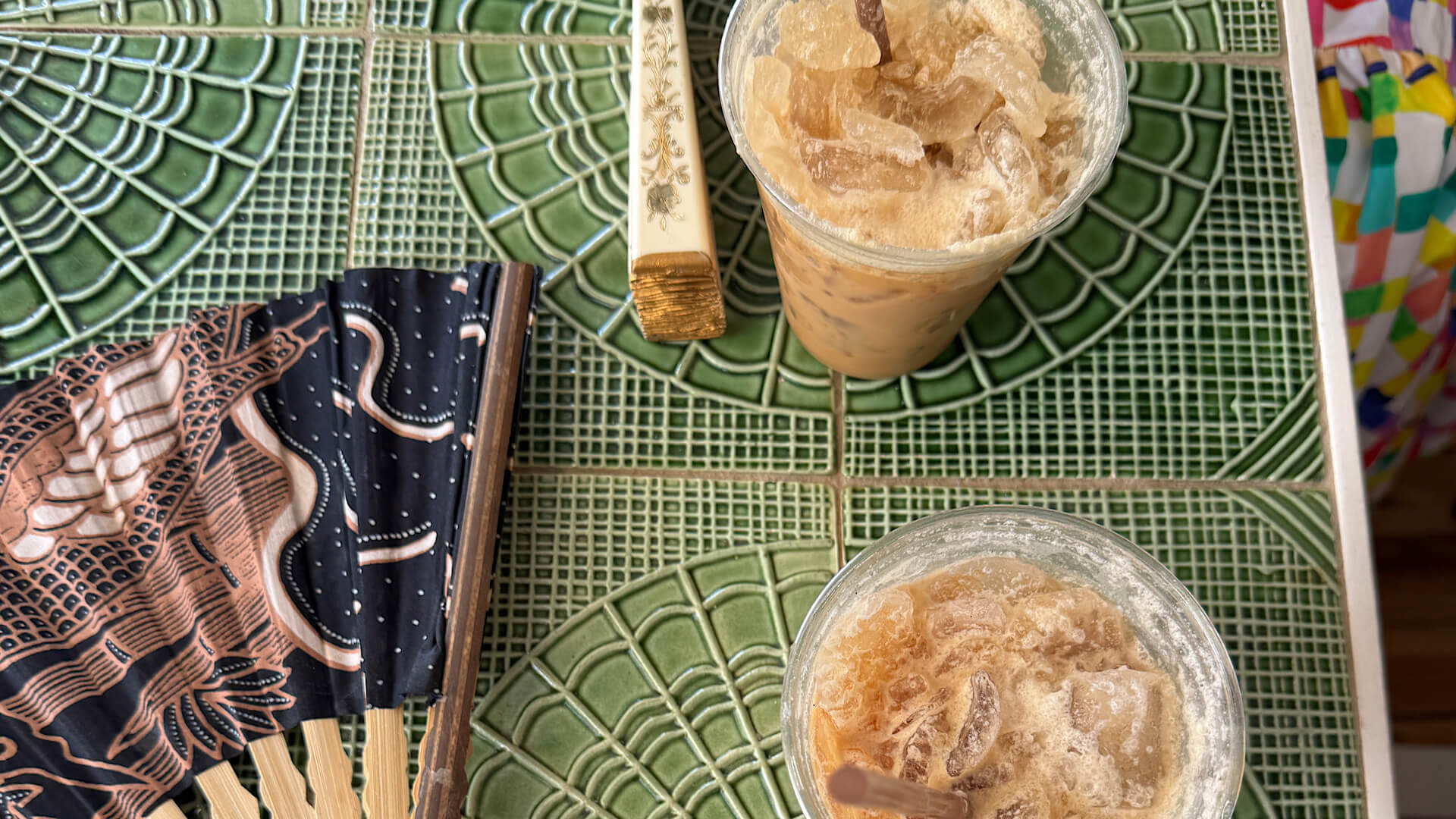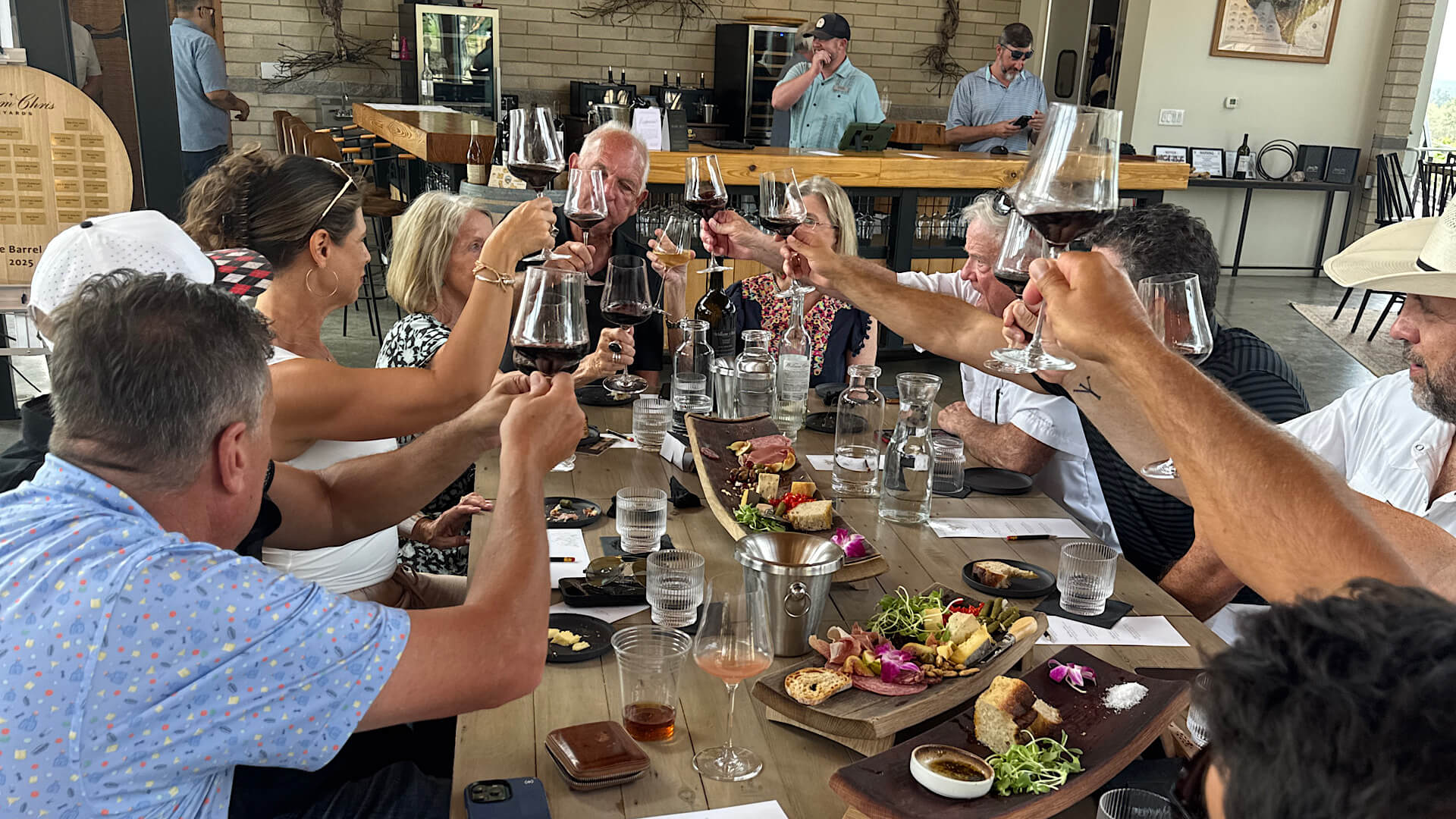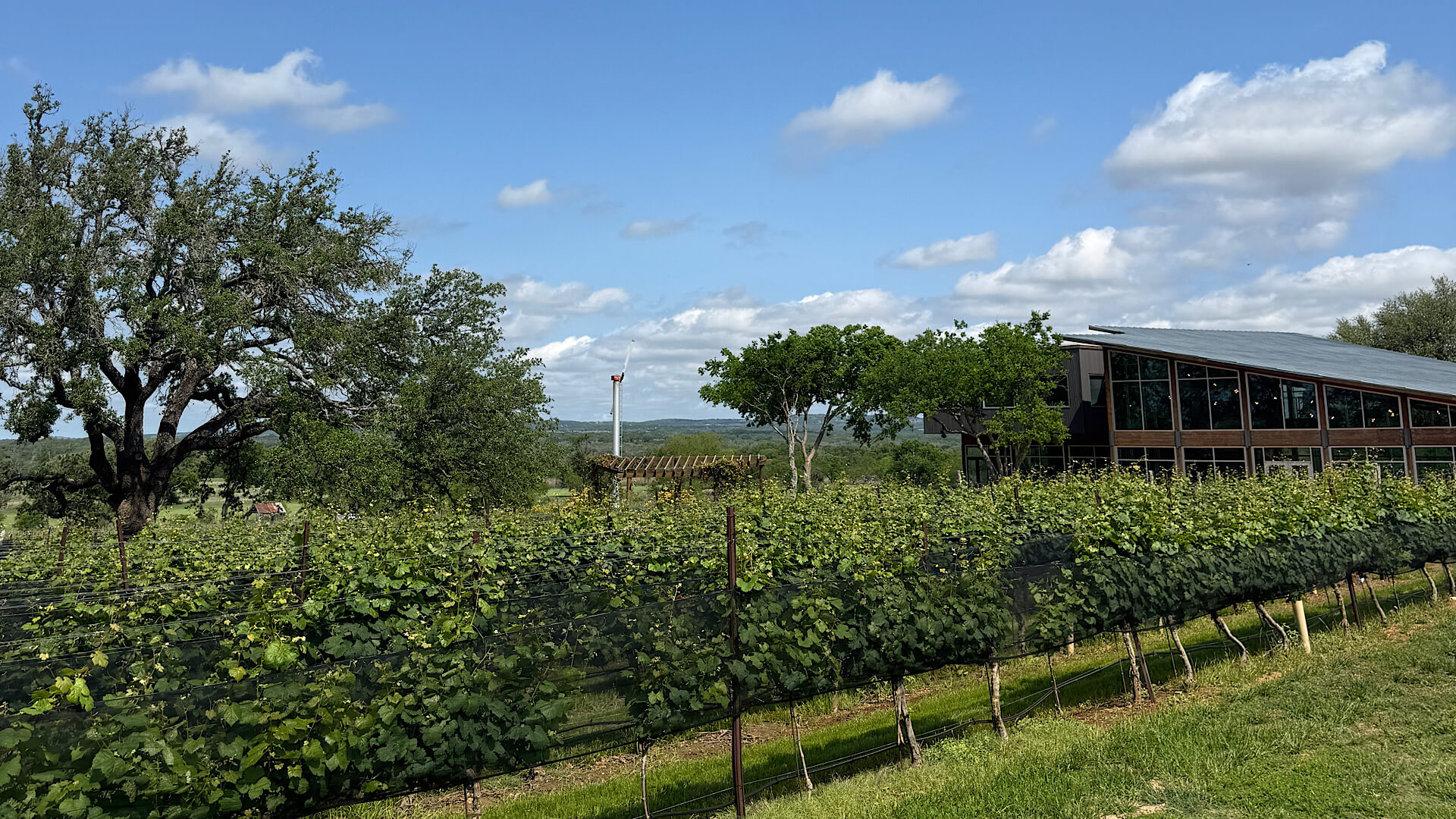
What Makes Texas Wine Unique?
A Spirited Showdown with California
WARNING: Wine puns up ahead
If you’ve ever sipped a bold red in the Hill Country and thought, “Wait… this is from Texas?” you’re not alone. Texas wine is having a moment and is growing. And no offense to our coastal cousins, but it’s time to give the Texas wine vs California wine debate some much-needed attention.
So pull up a glass (maybe a Texas Tempranillo), and let’s explore what makes wine from the Lone Star State not just different, but downright unforgettable.
Texas Terroir: Where Grit Meets Grapes
“Terroir” is a fancy French word for everything that affects a grape’s personality. Variables like soil, climate, elevation, rainfall and even wind. And let’s just say: Texas terroir doesn’t mess around.
Texas is vast, with over 8 million acres suitable for grape growing (Texas Wine & Grape Growers Association), but the real stars are regions like:
- Texas Hill Country – Limestone-rich soil and dramatic temperature swings = killer structure in wines.
- Texas High Plains – Higher elevation and low humidity help grapes ripen slowly with deep flavor.
Compared to California’s more temperate, coastal terroirs, Texas is a bit more… unpredictable. (Okay, a lot more. Hello, hailstorms in April.)
But that variability forces winemakers to adapt and that creativity leads to some pretty magical bottles
Wine Grapes in Texas: Not Just Cabernet and Chardonnay
California has made household names out of Chardonnay, Merlot, and Cabernet Sauvignon. Texas? We’re doing our own thing.
Here, winemakers focus on grape varieties that can handle the heat, like:
- Tempranillo – A Spanish red that thrives in Texas and has become something of a state signature.
- Tannat – Big, bold, and tannic, perfect for steak.
- Viognier – A floral, full-bodied white that’s basically Texas sunshine in a glass.
- Mourvèdre, Roussanne, Sangiovese – Yep, we do Old World grapes with New World swagger.
According to the Texas Department of Agriculture, the state now produces over 100 wine grape varieties, many of which you won’t find in your average California tasting room.
Unique Texas Wines: Big Flavors, Bigger Personality
So what does Texas wine actually taste like?
Think bold fruit, herbaceous undertones, and a structure that stands up to BBQ, brisket, and backyard fire pits. These aren’t shy wines. They’re expressive. They’ve got character. And they pair with everything from tacos to tomahawk steaks.
You’ll also find more “field blends” and small-batch experiments here at wineries that aren’t afraid to break the rules (mostly because we never agreed to them in the first place).
Try a pet-nat sparkling rosé from a family-run vineyard in Hye, or a skin-contact Viognier that tastes like apricot and rebellion. These are unique Texas wines made by people who are proud to grow in tough conditions and produce seriously good juice.
But… Is It as Good as California Wine?
Let’s be real: California has had a major head start. But Texas wines are winning awards, turning heads, and growing fast in quality and quantity. Wine Enthusiast even called Texas “one of the most exciting emerging wine regions in the country.”
Is it different from California wine? Yes.
Is it better? Well, let’s just say if you value bold flavor, gutsy grapes and the satisfaction of discovering something off the beaten path… Texas wine is your next obsession.
Come Taste the Difference with Cellar Rat Wine Tours
Reading about it is one thing, tasting it is another. On our tours, we take you to the wineries doing the most exciting work in the Hill Country. You’ll learn, laugh, and maybe walk away with a new favorite bottle you can’t find anywhere else.
Here are a few of our favorites who represent Texas oh so well:
Book your wine tour today and see why Texas is giving California a run for its rosé.


